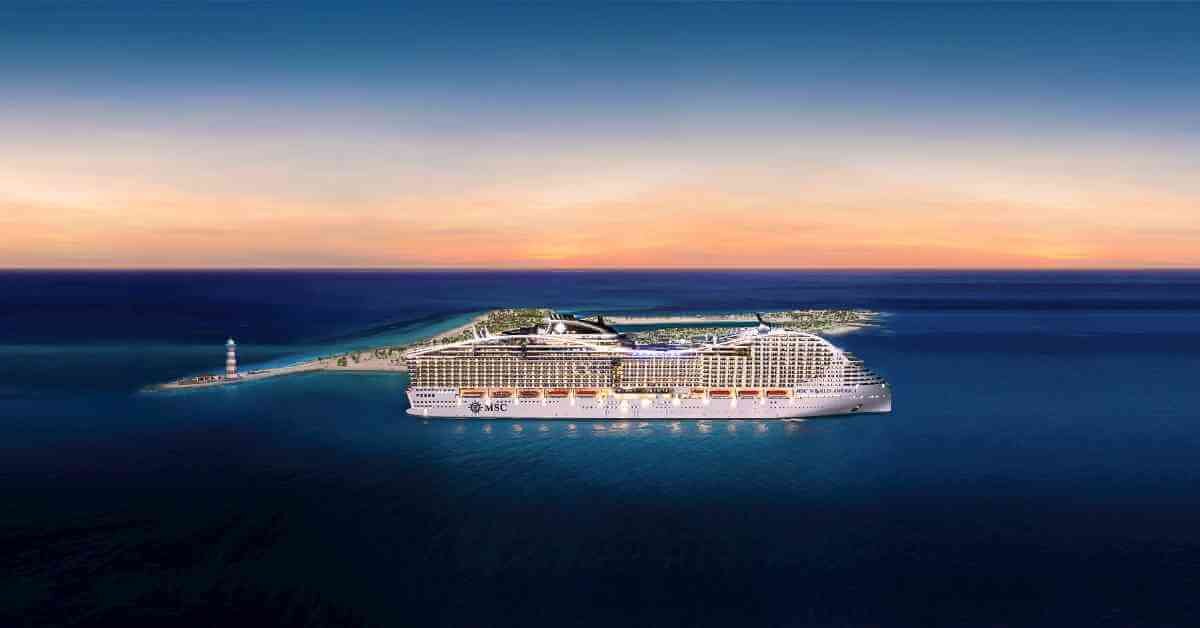The Qingdao Municipal Transport Bureau recently announced that the preliminary design of the first-phase project of the eastern container terminal in the Langya Taiwan Operation Area of Dongjiakou Port Area, Qingdao Port, has been approved. As a key water transport project included in the National Port and Waterway Layout Plan and the national 14th Five-Year Plan, the project will construct one 70,000-ton (designed for 100,000-ton container ships in terms of hydraulic structures), one 100,000-ton, and one 150,000-ton container terminal, with a designed throughput capacity of 3.15 million TEUs per year and a planned investment of approximately 9.1 billion yuan. Following the automated terminal in Qianwan Port Area, this project represents another fully automated container terminal built by Qingdao Port in Dongjiakou Port Area. Upon completion, it will further consolidate Qingdao Port’s position as the world’s fourth-largest port in terms of cargo throughput and play a positive role in accelerating the construction of a world-class marine port and continuously enhancing the competitiveness of Qingdao as an international shipping hub.
The strength of a port largely depends on its container handling capacity. With the continuous development of port resources, the growth of container handling capacity in Qianwan Port Area has become increasingly constrained by space limitations, and its container berths are operating under high-load conditions, which is not conducive to the sustainable and healthy development of the port. The development and utilization of container functions in Dongjiakou Port Area are becoming increasingly important to ensure the sustained growth of Qingdao Port. According to the Qingdao Port Master Plan (2035), Dongjiakou Port Area, as one of the two key port areas for Qingdao Port’s development, also prioritizes container functions. In the future, Dongjiakou Port Area will become the second-largest container operation port area after Qianwan Port Area, serving as a continuation of Qingdao Port’s container transportation.
The first-phase project of the eastern container terminal in the Langya Taiwan Operation Area of Dongjiakou Port Area, Qingdao Port, will adopt a combined operation mode of “vertical yard layout + automated rail-mounted gantry cranes (ARMG) + end loading and unloading.” Equipped with Beidou positioning systems, lidar, millimeter-wave radar, cameras, and other devices on unmanned container trucks, the terminal will intelligently perform specified actions such as road navigation, precise parking, container loading and unloading, and obstacle response without human intervention, achieving fully autonomous horizontal transport for container ship operations. By integrating smart terminal operations into the entire port operation process and covering all production and operation links, the project will fully utilize new and renewable energy sources, truly realizing the construction goals of smart efficiency, safety and environmental protection, green energy savings, and low-carbon emissions.
According to analysis and forecasts, the container throughput of Dongjiakou Port Area is expected to reach approximately 7.55 million TEUs by 2030. Upon completion, the project will effectively enhance the container handling capacity and throughput of Dongjiakou Port Area, thereby promoting the overall development of Qingdao Port’s container functions, strengthening its leading role and developmental influence within the Shandong port cluster, and further solidifying the port’s hardware foundation to accelerate the construction of Qingdao as an international shipping center.





